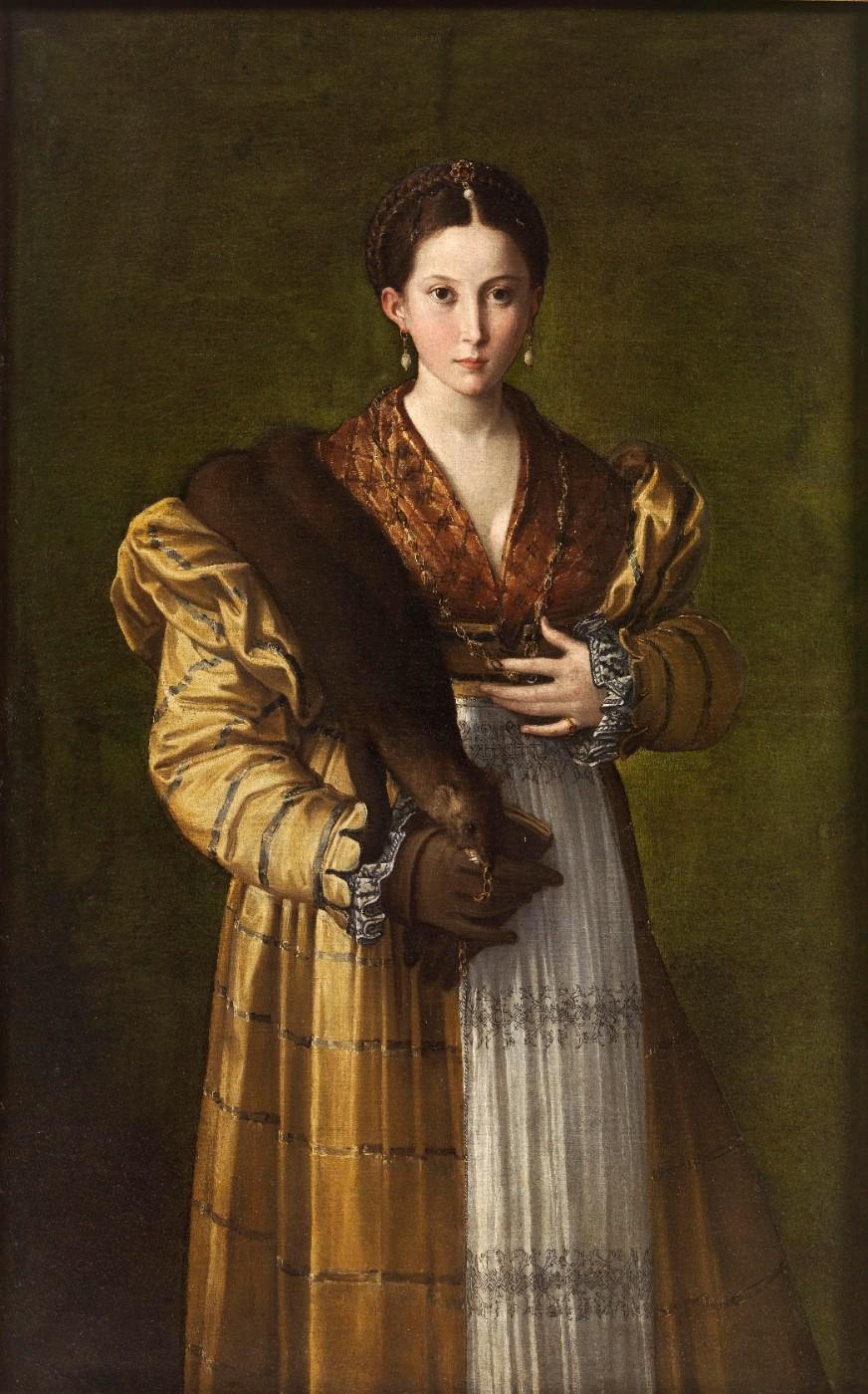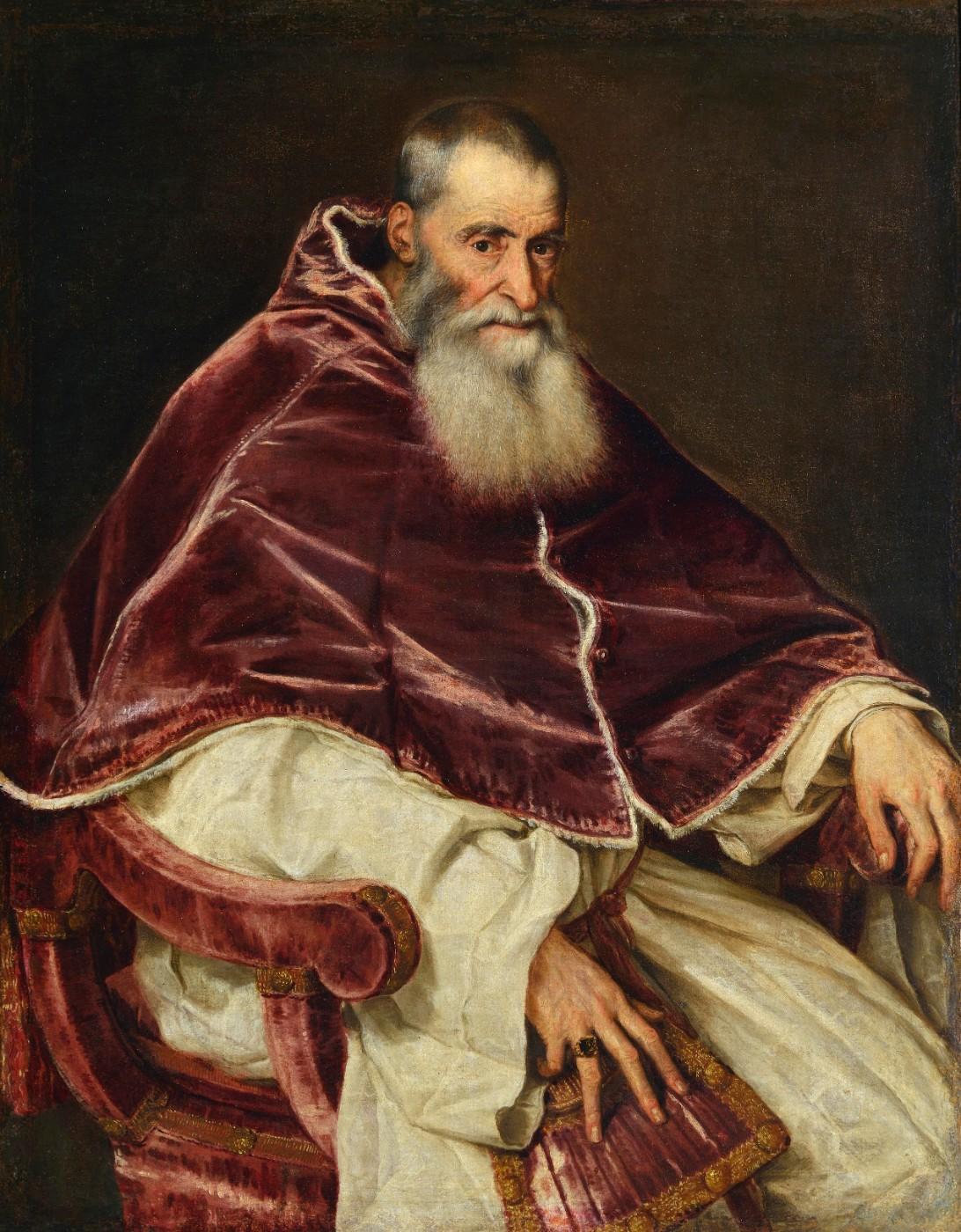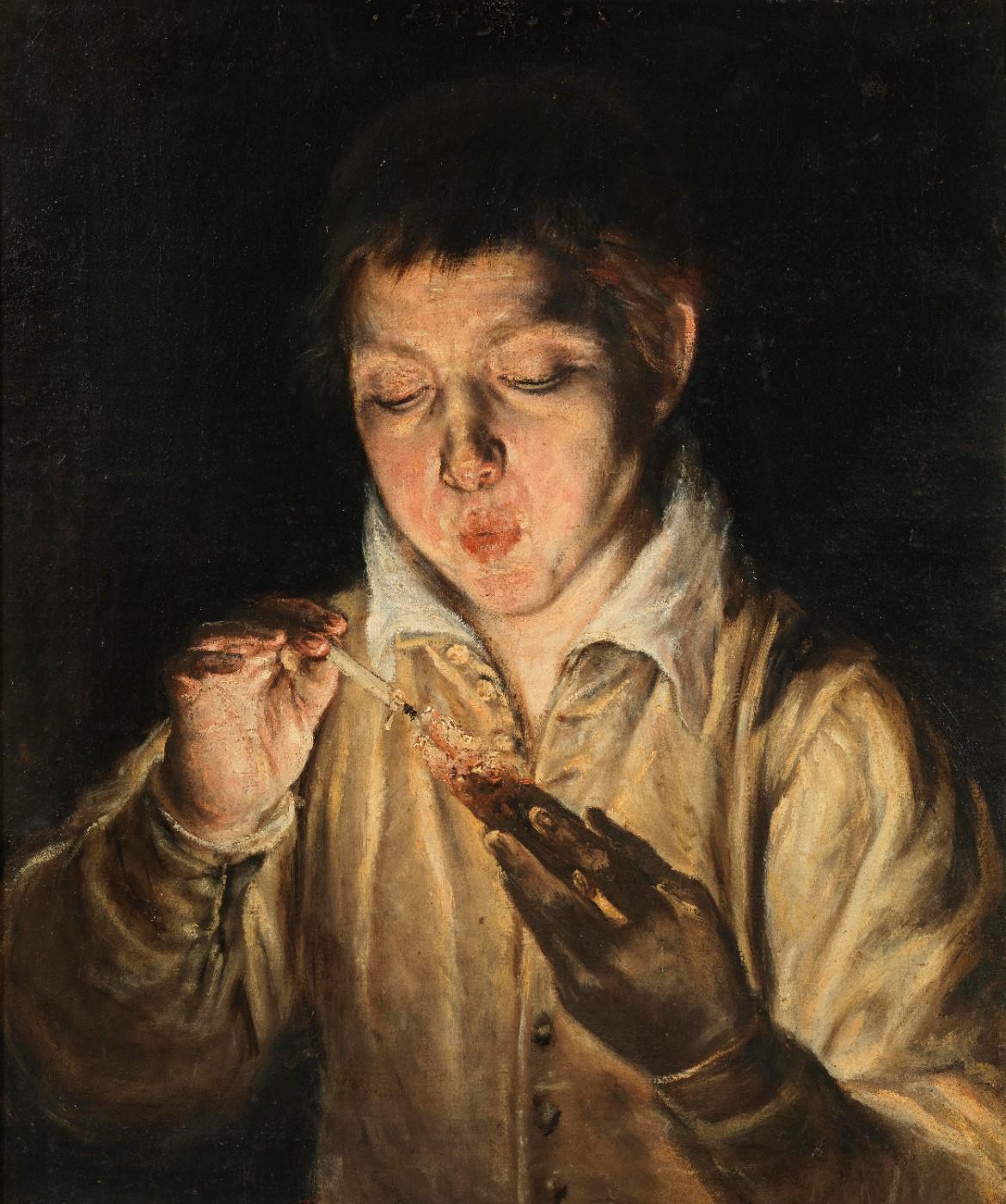The paintings in Flesh and Blood center on the human figure, whether featured in portraits or mythological and religious scenes. They explore the intersection of physical and spiritual existence, with an emphasis on the human body as a vehicle to express love and devotion, physical labor, and tragic suffering.
“I am thrilled that we have the rare opportunity to see these incredible works in Seattle,” says Chiyo Ishikawa, SAM’s Susan Brotman Deputy Director for Art and Curator of European Painting and Sculpture. “Epic and intimate, divine and brutally realistic, these paintings speak to the complexity of human experiences in a timeless way that will resonate with our visitors.”
EXHIBITION HIGHLIGHTS
Flesh and Blood is presented chronologically, tracing a 200-year period from the 16th through the 18th centuries. Here are nine highlights:
Antea (1524–1527), Parmigianino
With the identity of the sitter a mystery, this striking portrait most likely represents a vision of idealized beauty typical of the Renaissance. Girolamo Francesco Maria Mazzola, known as Parmigianino (1503–1540), has his subject look directly out at the viewer, adorned with furs and jewelry that may have signified fertility or lust.
Pope Paul III (1543), Titian
Titian (1488/90–1576) established strong ties with the powerful Farnese family, beginning with Pope Paul III. In this official portrait, Titian delivers a vivid likeness that conveys both the elderly human being and the shrewd statesman.




























